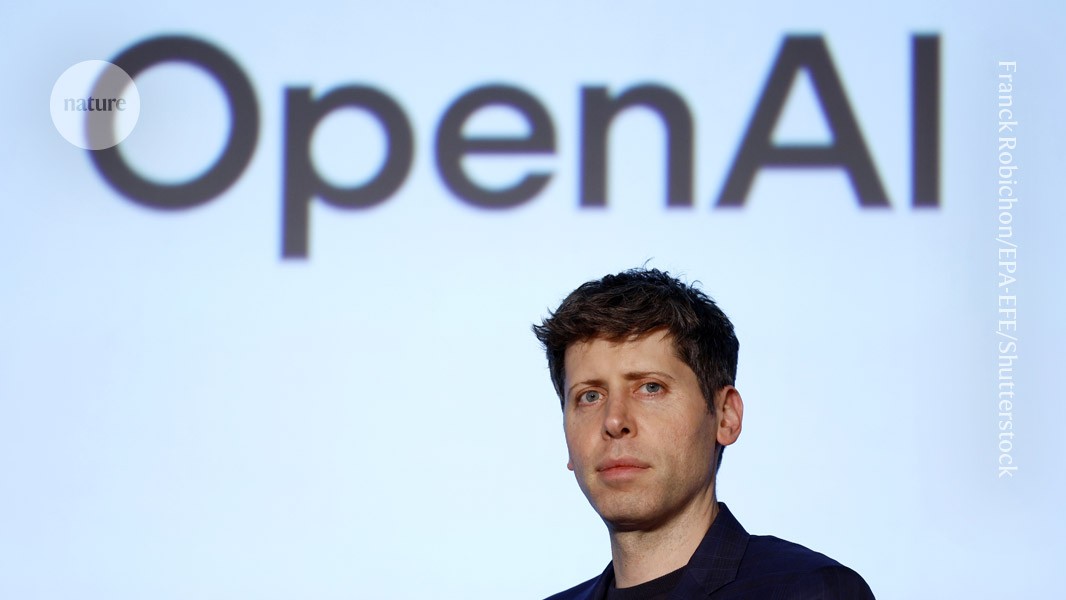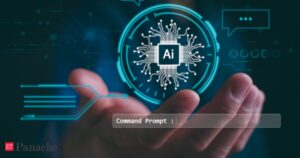Evaluating the Usefulness of OpenAI’s ‘Deep Research’ Tool for Scientists

OpenAI’s Deep Research Tool: A Resource for Scientists
In the rapidly evolving field of scientific research, technology continues to play a crucial role in enhancing productivity and collaboration. One of the latest advancements is OpenAI’s deep research tool, designed to assist scientists in various capacities. This article explores its functionalities, potential benefits, and considerations for researchers.
What is OpenAI’s Deep Research Tool?
OpenAI’s deep research tool is an advanced artificial intelligence (AI) platform that helps researchers streamline their work. It is capable of processing vast amounts of data and generating insights based on the latest scientific literature. This tool is particularly beneficial for those in research environments where keeping up with emerging studies is essential.
Key Features of the Tool
Literature Review Assistance: The tool can quickly analyze numerous research papers, extracting relevant information and summarizing key findings. This feature helps researchers save valuable time during the literature review process.
Data Analysis: It aids in analyzing large datasets by identifying patterns and providing interpretations. This function is crucial, especially in fields that rely heavily on data, such as biomedical research and environmental science.
Automated Report Generation: The tool can automate the creation of reports and presentations, allowing researchers to focus more on critical analyses rather than formatting documents.
- Collaboration Facilitation: By enabling seamless sharing and editing of documents, the tool enhances collaboration among team members, regardless of their locations.
Benefits for Scientists
Researchers can significantly benefit from using OpenAI’s deep research tool in various ways. Some of these advantages include:
Time Efficiency: By speeding up the research process, scientists can dedicate more time to conducting experiments and developing new hypotheses.
Improved Accuracy: The AI’s ability to sift through extensive information helps reduce human errors commonly associated with manual data analysis.
Enhanced Knowledge Base: With access to a broader range of literature, researchers can gain insights that might otherwise be overlooked, potentially leading to innovative discoveries.
- Cost-Effectiveness: Utilizing AI can lower overall research costs by minimizing the need for extensive manpower in data analysis and document preparation.
Limitations and Considerations
While the tool offers many advantages, there are some important considerations to keep in mind:
Dependence on Technology: Relying too heavily on AI tools may reduce critical thinking and analytical skills among researchers.
Data Privacy Concerns: Researchers must ensure that they comply with ethical standards regarding data privacy when using AI tools that process sensitive information.
- Quality of Analysis: Despite its capabilities, the AI is not infallible. Researchers should critically evaluate the outputs generated by the tool to ensure accuracy and relevance.
Examples of Usage in Research
Many researchers have already begun integrating OpenAI’s tool into their workflows. For instance:
Biomedical Research: Scientists are using the tool to identify new drug candidates by reviewing existing literature and data from clinical trials rapidly.
Environmental Studies: Researchers analyzing climate change data use the AI to better understand trends and forecast future scenarios, providing insights for policymakers and stakeholders.
- Social Sciences: The tool helps social scientists compile and synthesize findings from various studies, facilitating a more comprehensive understanding of complex social issues.
By leveraging the power of AI, researchers can enhance their productivity and make more informed decisions, ultimately contributing to the advancement of science. The rise of tools like OpenAI’s deep research platform marks a significant step toward the future of research, where technology and human intellect work together to push the boundaries of knowledge.






